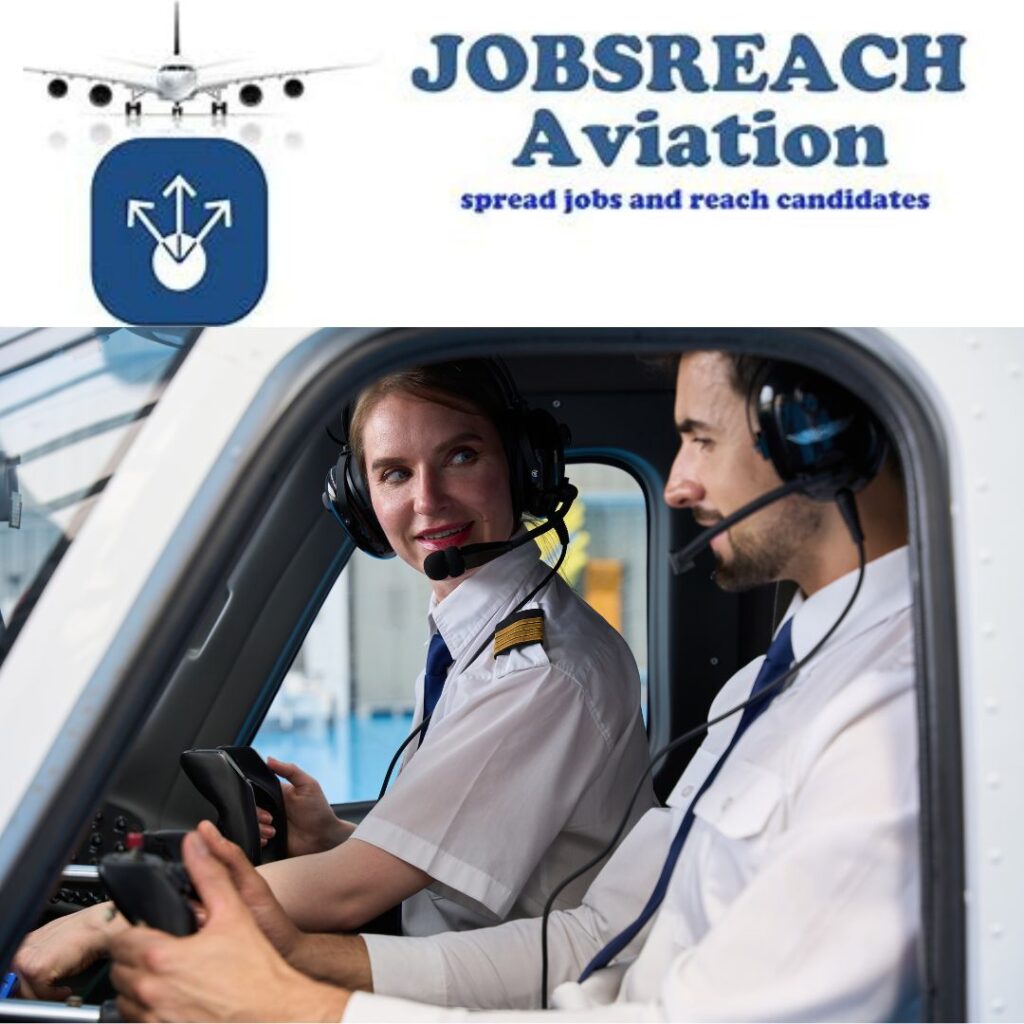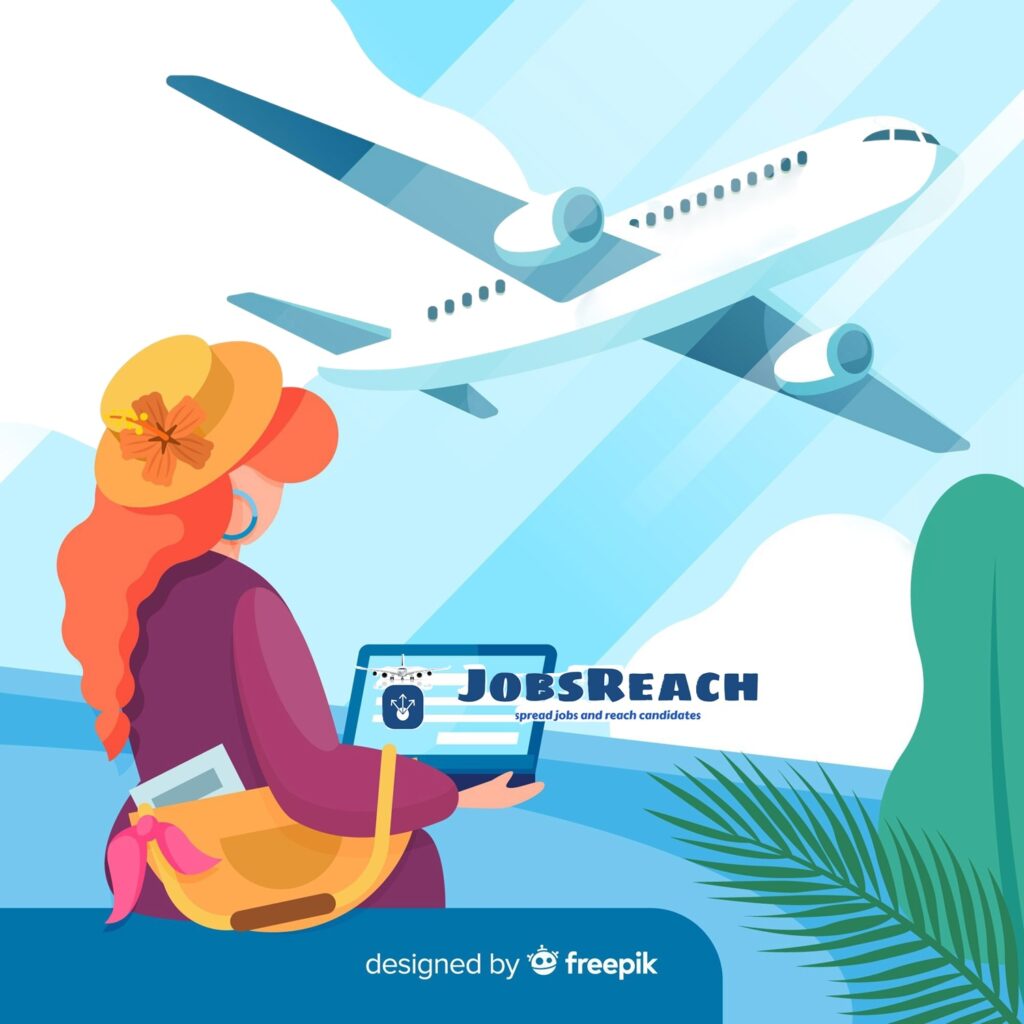The aviation industry is regaining altitude after years of turbulence, but one critical challenge continues to weigh it down, a growing shortage of qualified pilots. Airlines, charter operators, and flight academies around the world are facing unprecedented recruitment and retention hurdles. Let’s explore the core challenges and how leading regions are responding.
Pilot Shortage and Demand Surge
The most pressing issue is a widening gap between supply and demand. As air travel rebounds, fleets expand, and new routes open, the demand for licensed pilots far outpaces the current training pipeline. Many senior pilots who retired early during COVID-19 have not returned, leaving airlines scrambling to fill cockpits.
The Global Pilot Shortage: A Widespread Challenge
The aviation industry is facing one of its most significant challenges in decades, a worldwide shortage of qualified pilots. As global air travel rebounds and fleet expansions continue, the demand for experienced flight crew has far outpaced the current supply.
From North America and Europe to the Middle East and Asia-Pacific, airlines are competing for a limited pool of licensed professionals. Retirement of senior pilots, limited training capacity, and high entry costs for new candidates have deepened the crisis.
This imbalance is forcing airlines to increase incentives, raise salaries, and expand training programs to secure and retain talent, all while battling the growing operational costs tied to recruitment, onboarding, and compliance.
What was once a regional issue has now become a global aviation workforce challenge, reshaping how airlines approach recruitment and talent development in every part of the world.

High Cost and Lengthy Training Pipeline
One of the biggest barriers to entry remains the cost and duration of training. Becoming a commercial pilot often requires US$80,000–150,000 and years of training before reaching airline-ready status. This discourages younger candidates and limits diversity in the profession.
To counter this, airlines are stepping in with sponsored cadet programs and training partnerships:
- 🇪🇺 In Europe, carriers like Lufthansa, British Airways, and easyJet offer structured ab-initio and modular cadet programs to fast-track aspiring pilots into airline operations.
- 🇸🇦 In the Middle East, airlines such as Emirates, Etihad, and Qatar Airways invest heavily in aviation academies, offering scholarships and in-house training tailored to their fleets.
- 🇺🇸 In the United States, regional airlines including United Aviate, Delta Propel, and American Airlines Cadet Academy provide clear, funded pathways from flight school to cockpit, reducing financial pressure for new entrants.
Experience, Regulations, and Retention
Despite new technologies and modern hiring tools, the pilot recruitment process remains bound by strict regulatory standards. The FAA’s 1,500-hour rule in the U.S., for example, creates an extended training timeline before candidates qualify for airline roles. Europe’s EASA and the Middle East’s GCAA maintain similar high standards for safety and certification.
At the same time, many experienced pilots are reaching retirement age, intensifying competition for talent. Airlines are responding with improved benefits, leadership opportunities, and lifestyle incentives to retain skilled professionals.
Diversity, Inclusion, and Future Skills
Women and minorities remain underrepresented, with women comprising less than 6% of pilots globally. Airlines and academies are beginning to promote outreach programs, mentorship networks, and sponsorships to diversify the talent pool.
Additionally, as cockpits become more automated, pilots must combine technical expertise with leadership, communication, and decision-making skills, a blend that’s reshaping pilot assessment and training.
How JobsReach Aviation Is Changing the Game
To make recruitment more efficient and cost-effective, JobsReach Aviation is transforming how airlines connect with aviation talent.
JobsReach Aviation provides a direct digital bridge between airlines and aviation professionals worldwide.
The platform allows airlines to connect directly with qualified pilots, engineers, cabin crew, and ground staff, eliminating the need for costly intermediaries and recruitment events.
By centralizing aviation hiring, JobsReach Aviation significantly reduces recruitment costs, speeds up hiring processes, and enables employers to access a verified pool of aviation talent, all in one platform built specifically for the industry.

A Platform Built for Aviation — Not Just Another Job Site
Unlike general career platforms such as LinkedIn, JobsReach Aviation is dedicated exclusively to the aviation industry.
It lists top aviation institutes and partnered airlines actively hiring, helping candidates identify training programs, job openings, and professional development opportunities all in one place.
For young aviation enthusiasts, it offers a clear path to pursue their dream careers.
For experienced professionals, it delivers the latest aviation insights, opportunities, and career mobility to help them progress and switch roles with confidence.
By focusing solely on aviation, JobsReach Aviation promotes growth, connectivity, and opportunity across the global aviation community.
Competition and Retention Pressure
As airlines compete for a limited pool of qualified pilots, salary packages, signing bonuses, and relocation incentives have skyrocketed. Smaller regional airlines and private charter operators struggle to match the compensation and lifestyle benefits offered by major carriers, leading to high turnover and recruitment churn.
The Path Ahead
The path to solving the pilot shortage requires collaboration, innovation, and smarter technology. Airlines, regulators, and training institutions must continue to expand access to funding, modernize training pathways, and promote aviation careers to the next generation.
With the rise of digital platforms like JobsReach Aviation, the industry is finally equipped to reduce recruitment costs, reach a global talent pool, and ensure the next generation of aviators is ready to take flight.
Leave a Reply